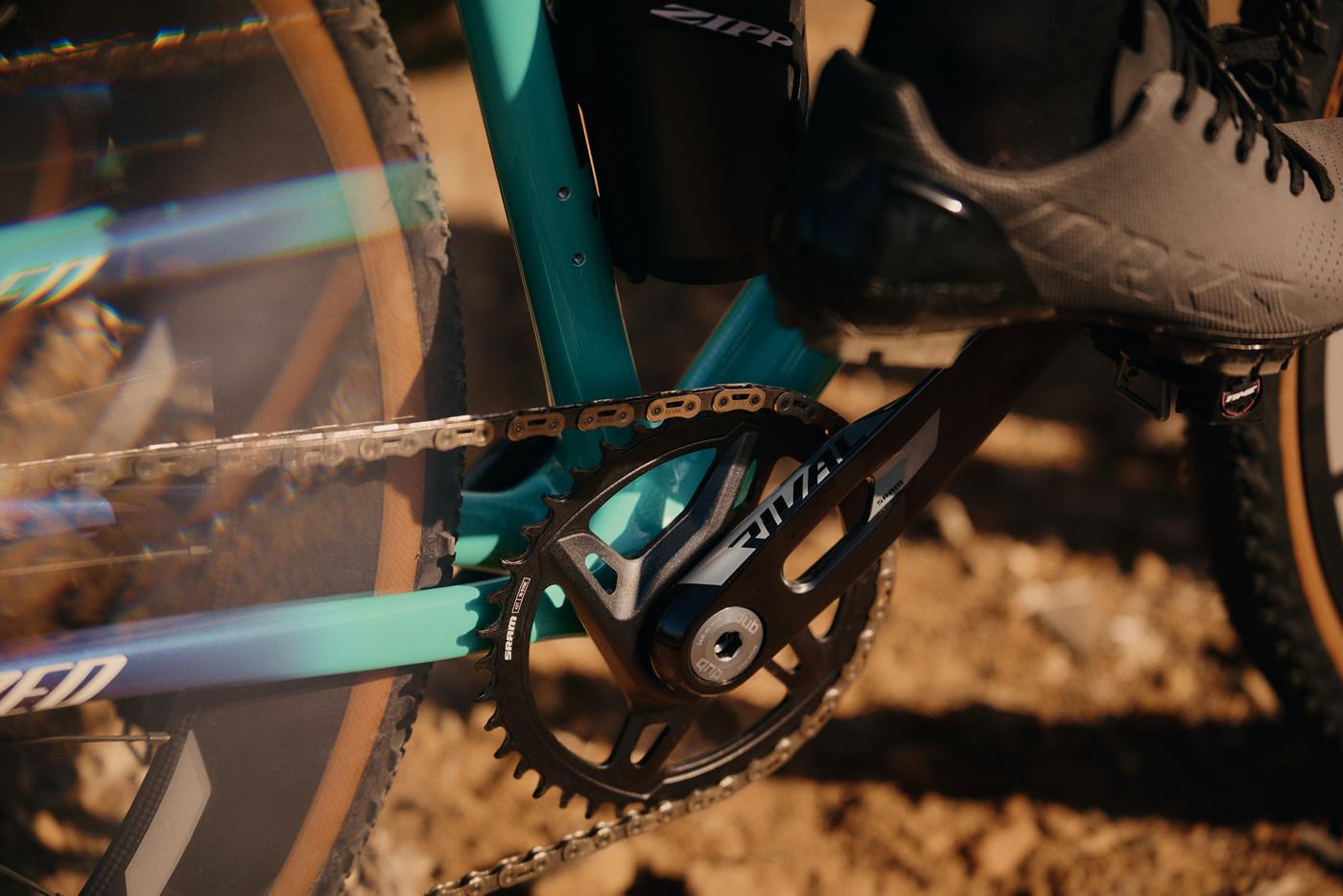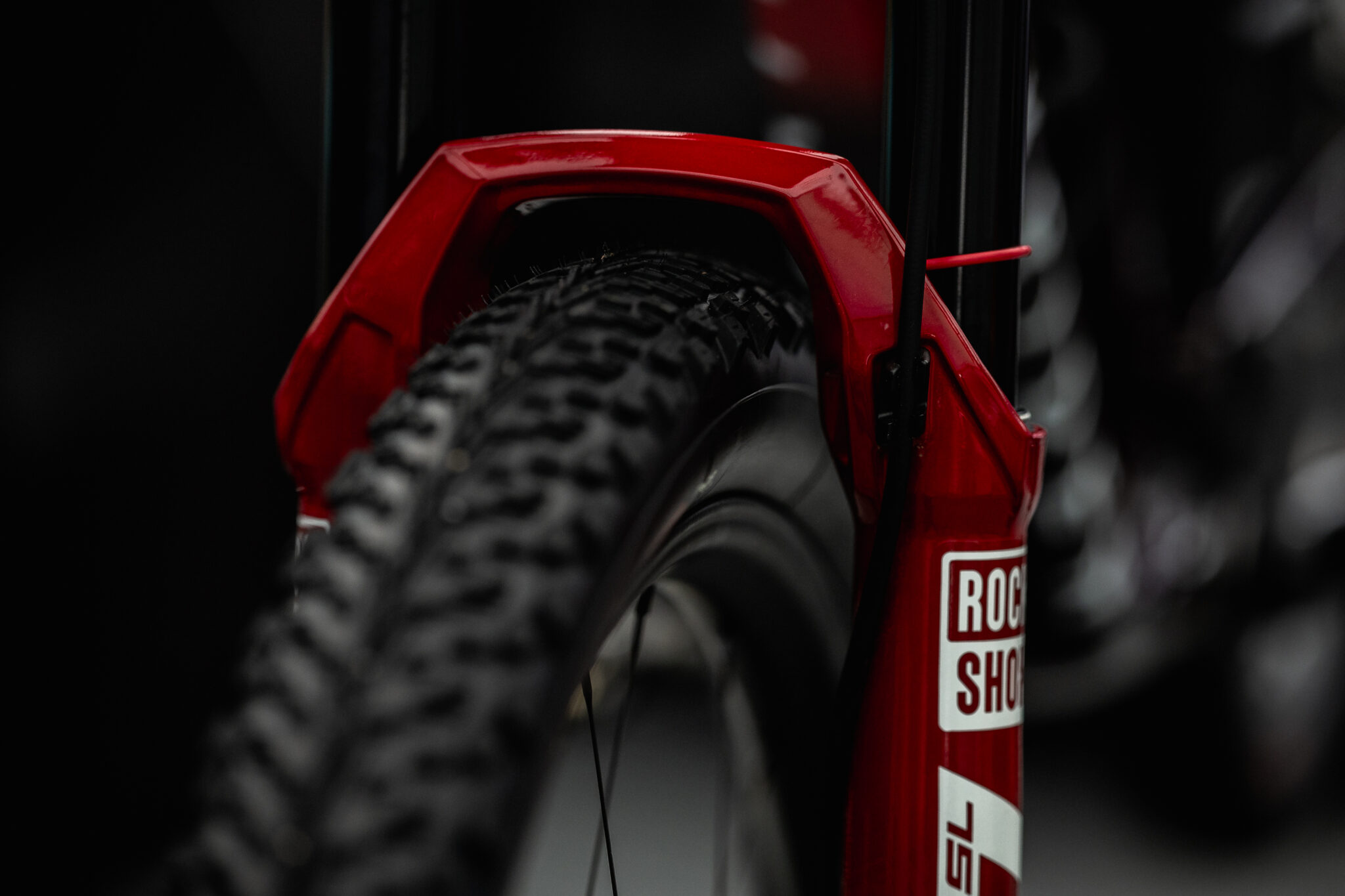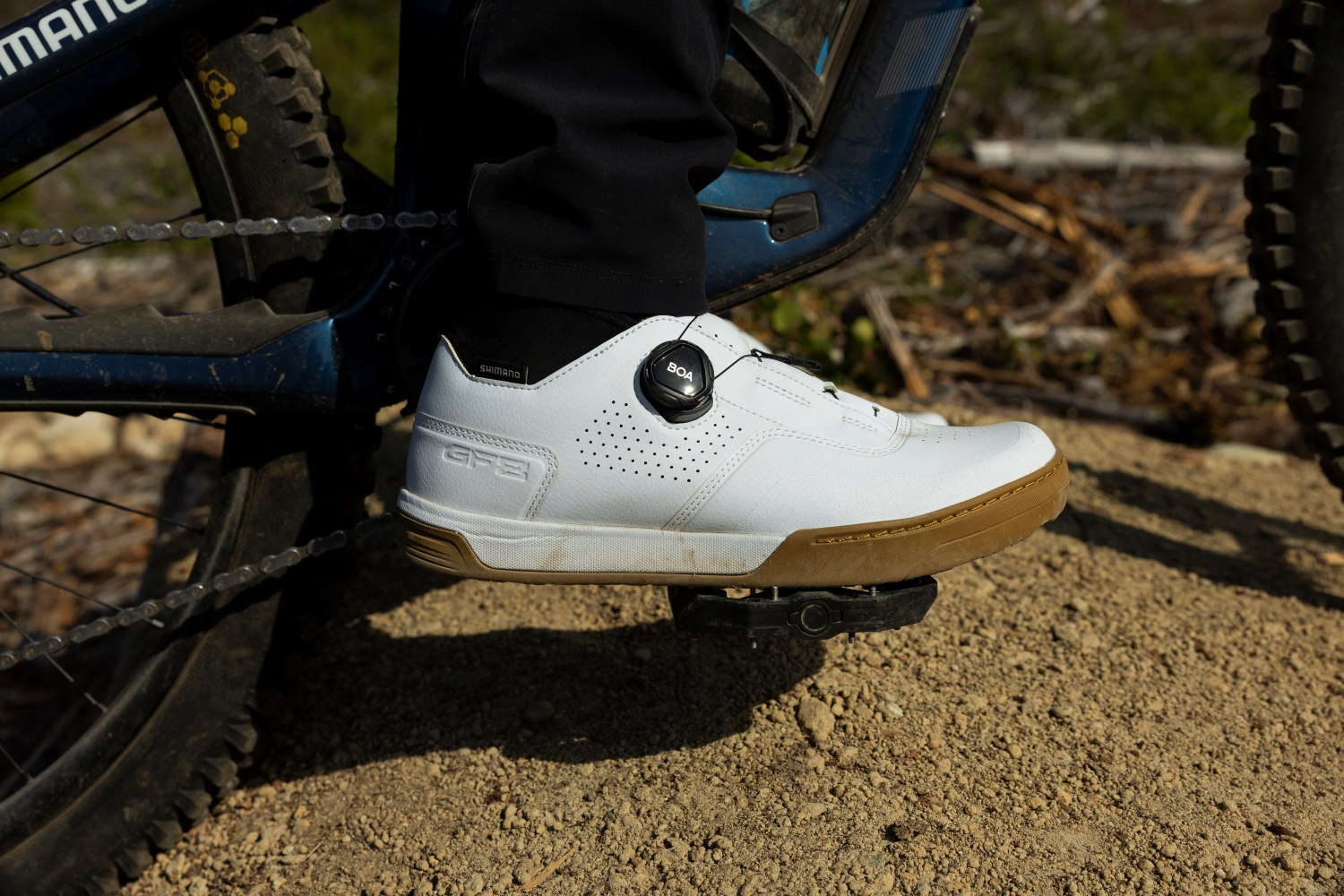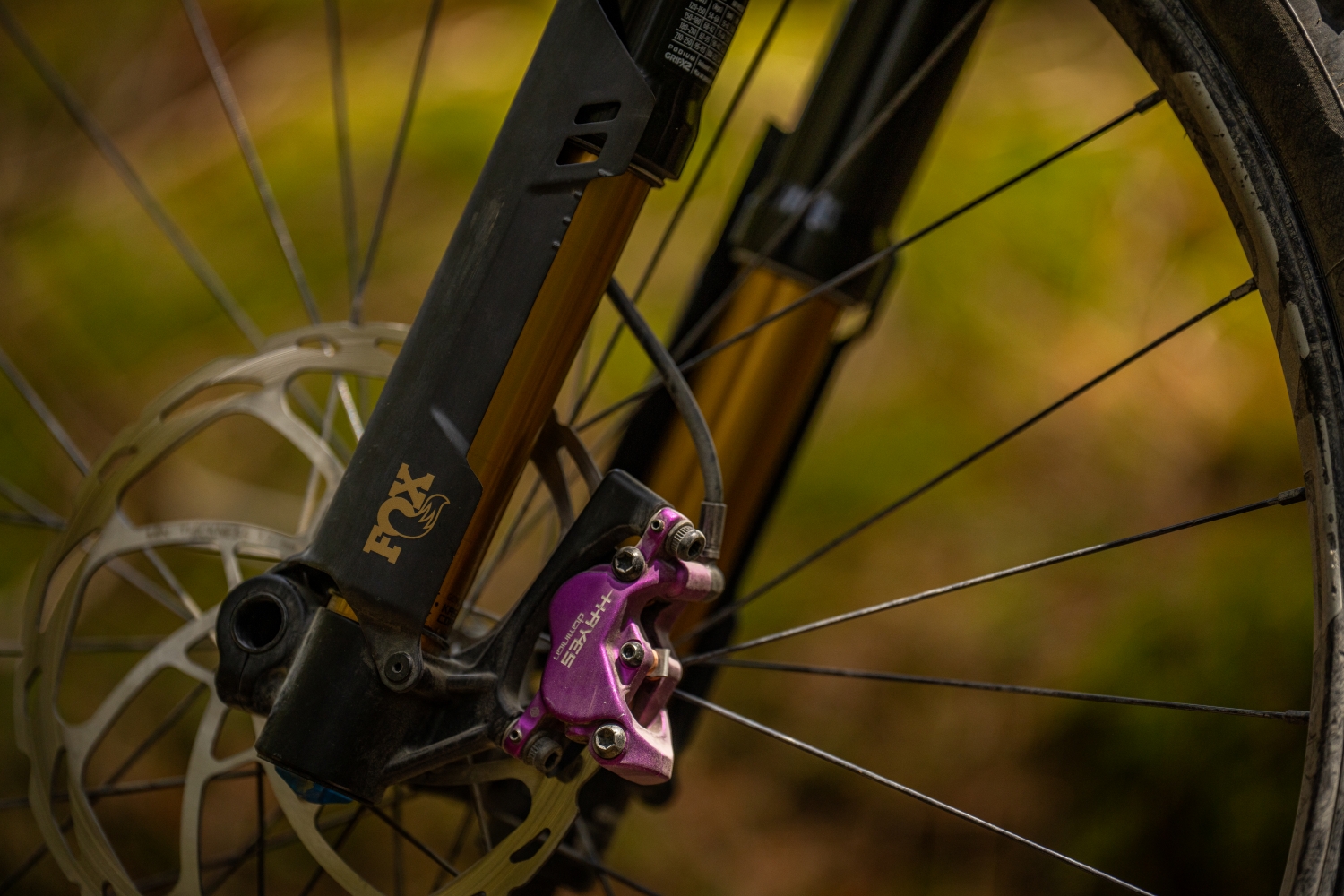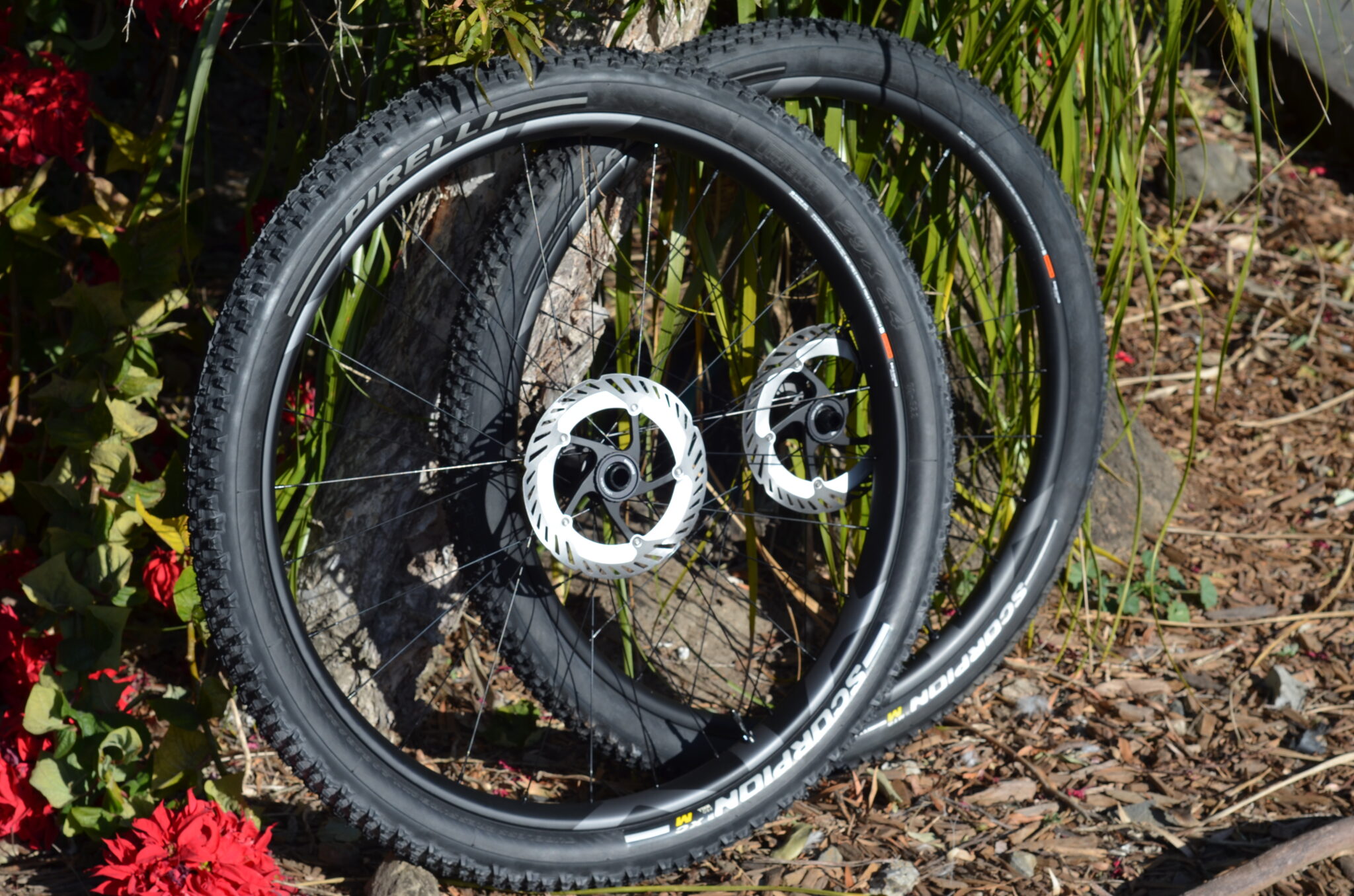Orbea updates the 2016 Occam with 27.5" and 29" options
AMB's Wil Barrett gets up to speed with the brand new 2016 Orbea Occam.
Aside from a number of new bike releases, Orbea has a lot to celebrate in 2016. The Basque-based bicycle company is celebrating it’s 175th birthday, which is quite an enormous number to fathom. You’ll be hearing a lot more about their birthday celebrations, but in the meantime, we’ve got a very hot new mountain bike from them to share with you; the 2016 Occam.
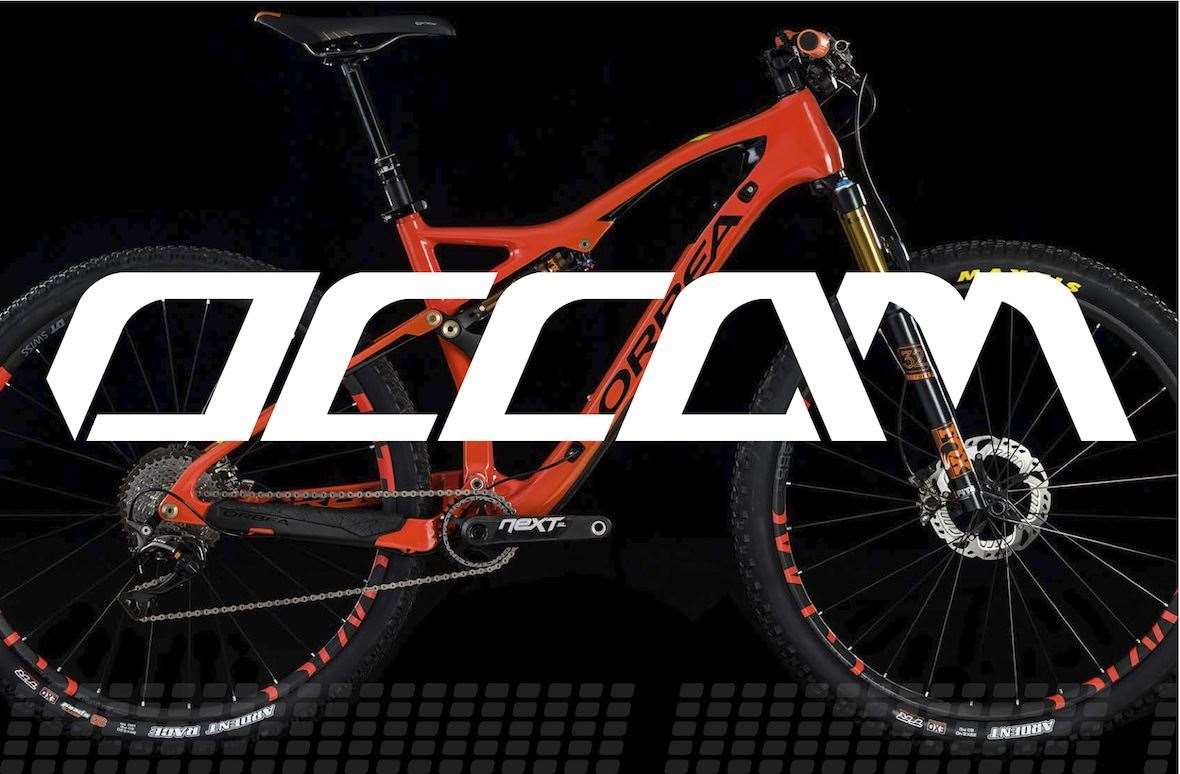
The first Orbea Occam first debuted in 2008 as a lightweight dual-suspension trail bike. Although Orbea have traditionally played in the cross country arena, the Occam signalled their intentions to create a trail bike that had a focus on fun and simplicity versus hard-out racing aspirations. The original Occam was designed with a single pivot rear swingarm, which offered an elegant simplicity. In 2011, the Occam grew some legs with 29″ wheels and a significant redesign in its geometry. Orbea pushed a modern cockpit arrangement with a long top tube length, short stem and wider bars to create a high-speed trail bike that handled with more confidence and stability than many of the other 29er bikes on the market at the time. Fast-forward to 2016, and the Occam has entered its 3rd iteration with a brand new platform that offers two wheelsizes, different fork travels and a new suspension design.


For 2016, the Occam will split into a TR (29″) version, and an AM (27.5″) version. Both bikes are based around a 120mm travel frame that employs the new UFO rear suspension design that was debuted on last years Oiz. Standing for ‘U-Flexion’, the UFO platform is based around a single pivot design, but ditches any rearward pivots for a simpler, lighter and stiffer back end. By using carbon fibre, Orbea have been able to design a degree of vertical flex in the rear of the frame, which allows the rear suspension to cycles through its travel without need for an additional pivot.
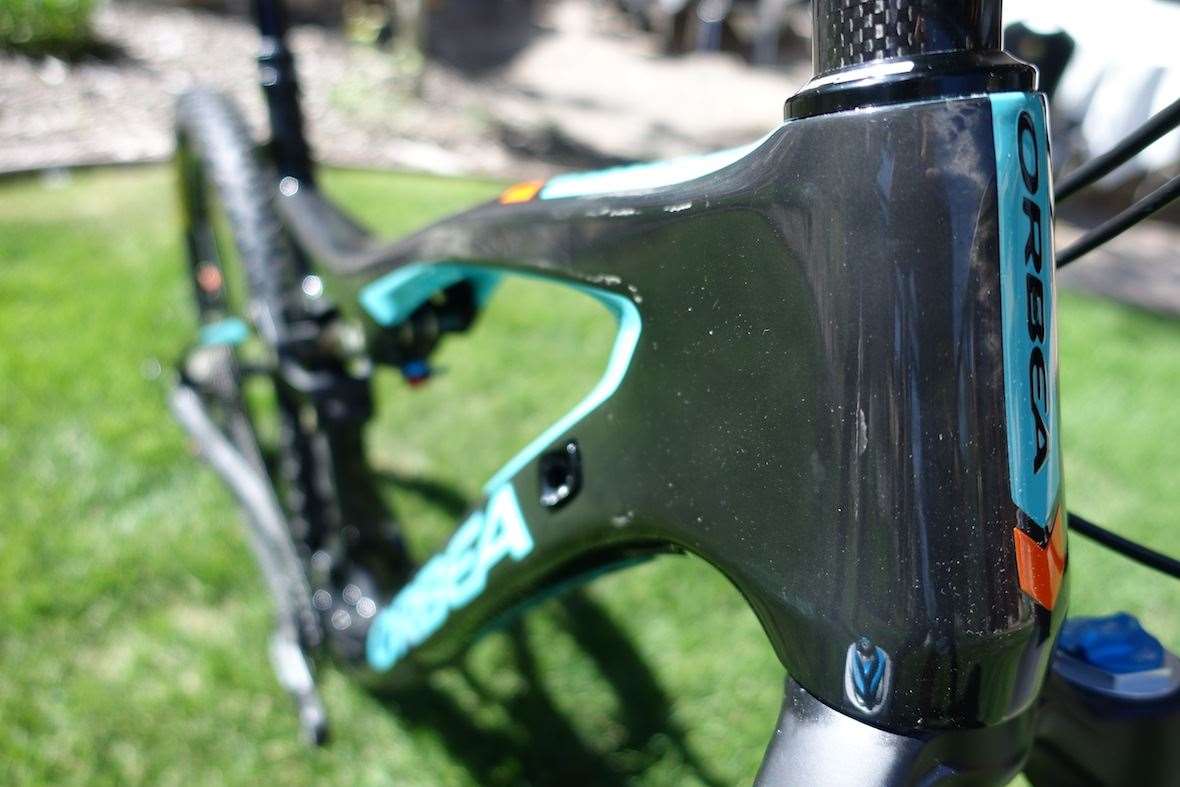 The sleek monocoue carbon frame on the Occam drops weight down to just 1990 grams, which is over a 200 gram weight saving from the previous design. In fact, the new Occam is within 100 grams of the Oiz frame.
The sleek monocoue carbon frame on the Occam drops weight down to just 1990 grams, which is over a 200 gram weight saving from the previous design. In fact, the new Occam is within 100 grams of the Oiz frame.
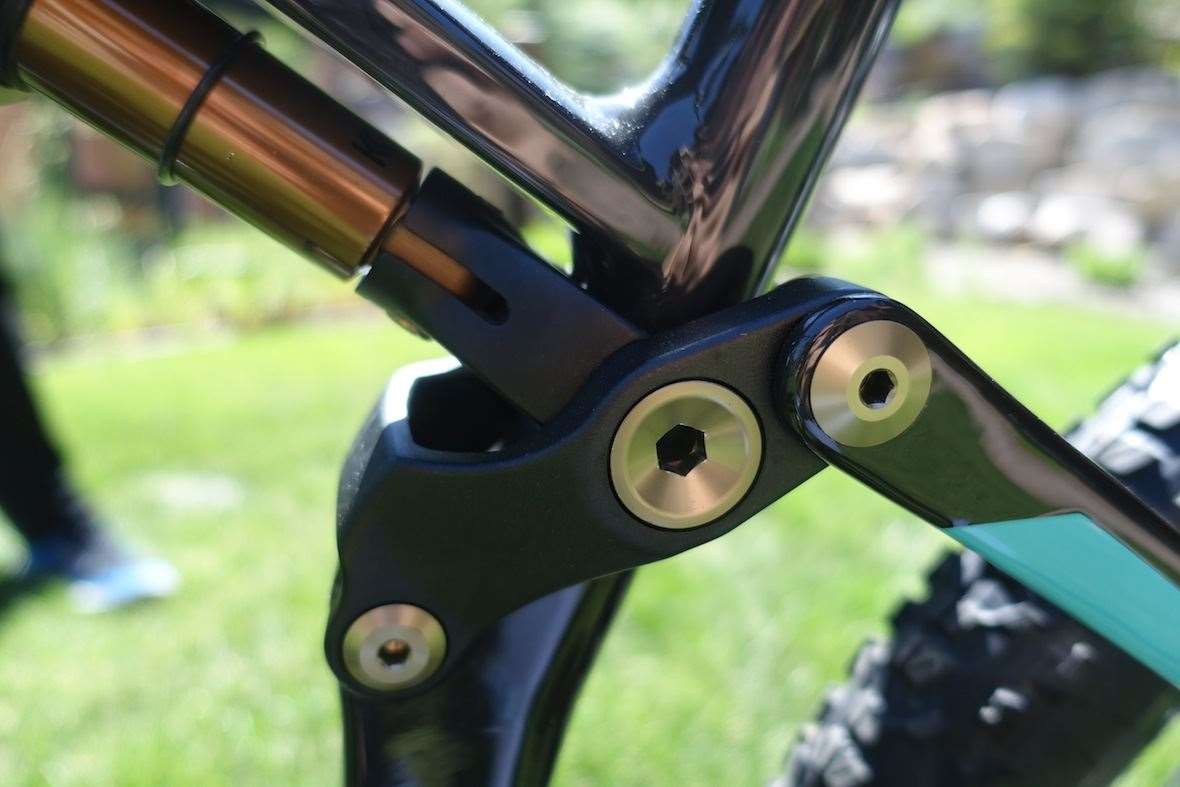 The Occam employs a stout one-piece alloy rocker link to control the rear travel. A small strut attaches to the rocker link and captures the lower eyelet of the rear shock. This strut helps to deliver smooth suspension travel, while also ditching the lower shock bushing and allowing two cartridge bearings to do the same (better) job.
The Occam employs a stout one-piece alloy rocker link to control the rear travel. A small strut attaches to the rocker link and captures the lower eyelet of the rear shock. This strut helps to deliver smooth suspension travel, while also ditching the lower shock bushing and allowing two cartridge bearings to do the same (better) job.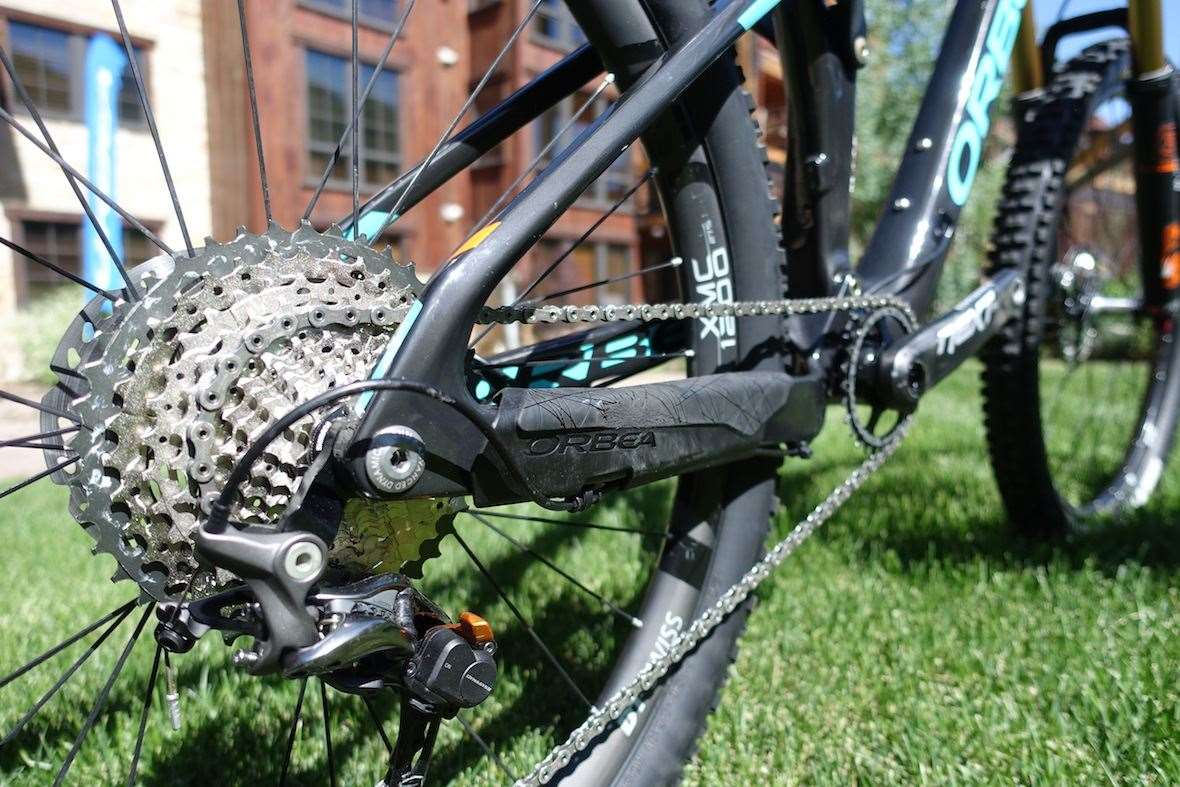 The back end of the Occam uses the Boost 148 standard to offer a wider axle that allows for a stiffer rear wheel. Shorter chainstays and added tyre clearance are also part of the Boost 148 deal.
The back end of the Occam uses the Boost 148 standard to offer a wider axle that allows for a stiffer rear wheel. Shorter chainstays and added tyre clearance are also part of the Boost 148 deal.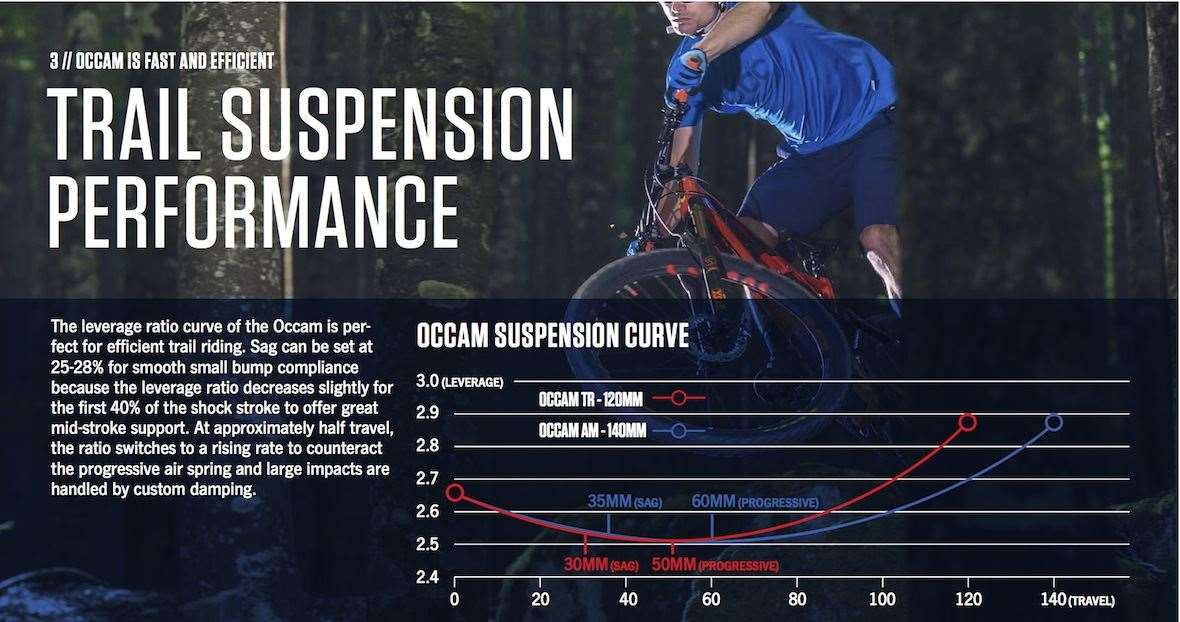
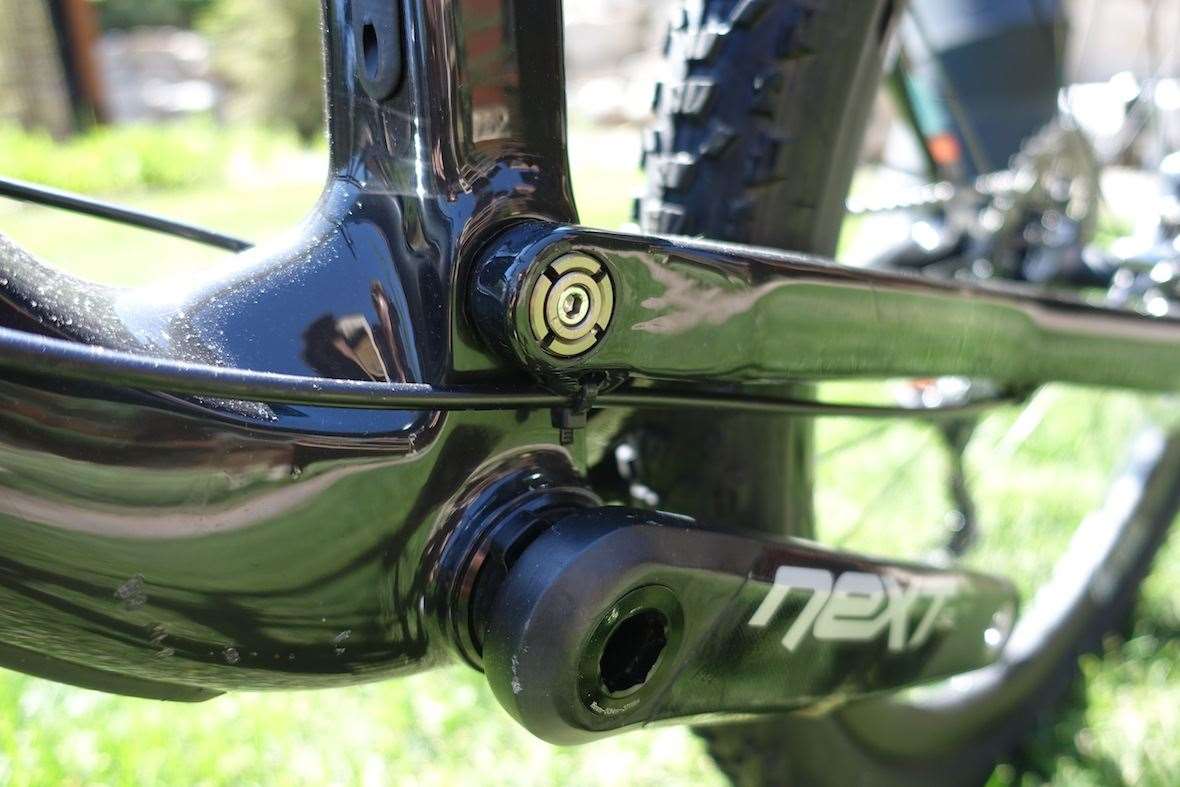 The lower main pivot gets an expanding collet design to keep the axle secure in the carbon swingarm without need for extra pinch bolts. Note the PF92 bottom bracket that allows for a 92mm wide bottom bracket shell for added stiffness.
The lower main pivot gets an expanding collet design to keep the axle secure in the carbon swingarm without need for extra pinch bolts. Note the PF92 bottom bracket that allows for a 92mm wide bottom bracket shell for added stiffness.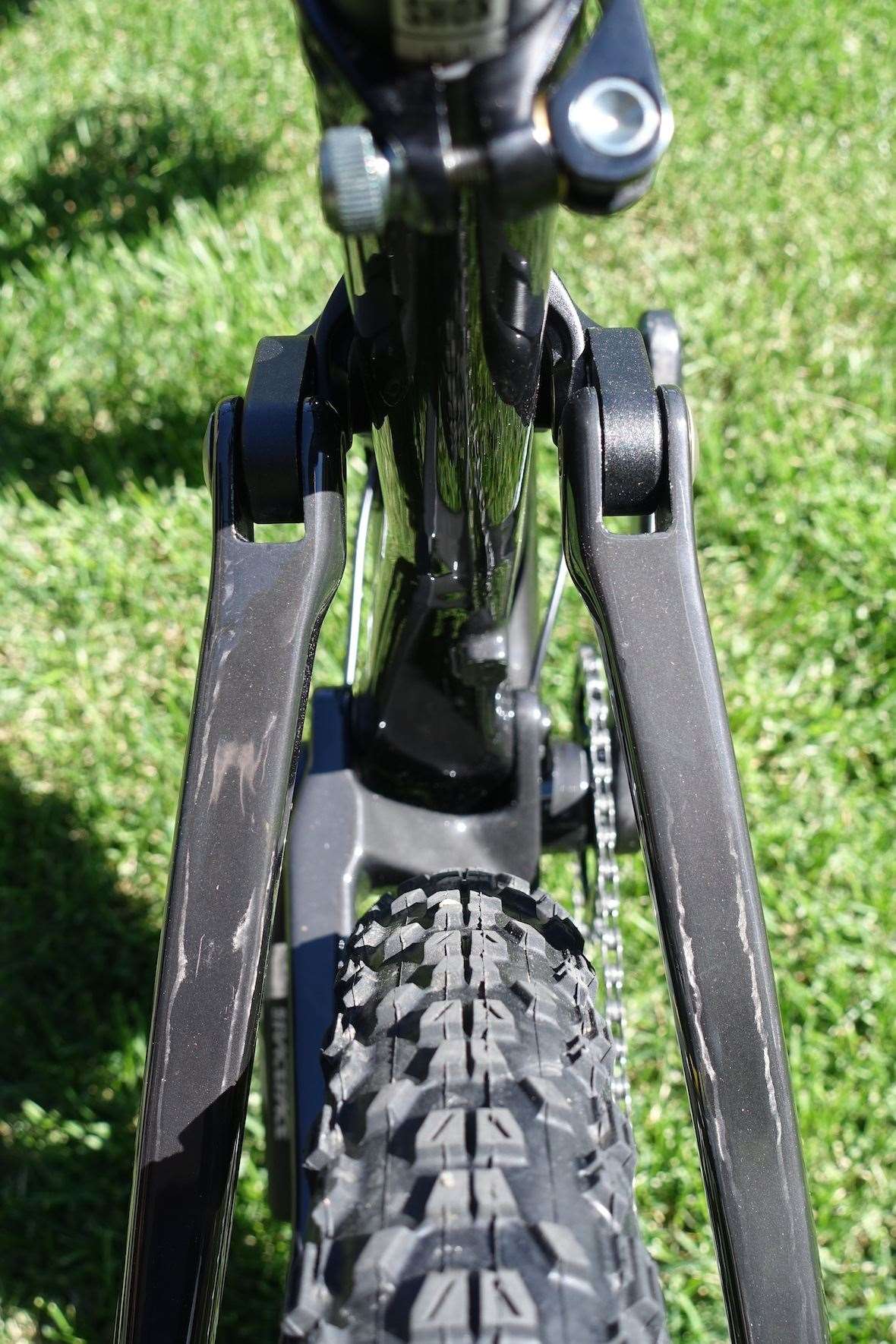 Clevis-style pivots at the upper seat stays provide a solid interface with the rocker link. Note the offset seat tube and lower swingarm yoke.
Clevis-style pivots at the upper seat stays provide a solid interface with the rocker link. Note the offset seat tube and lower swingarm yoke.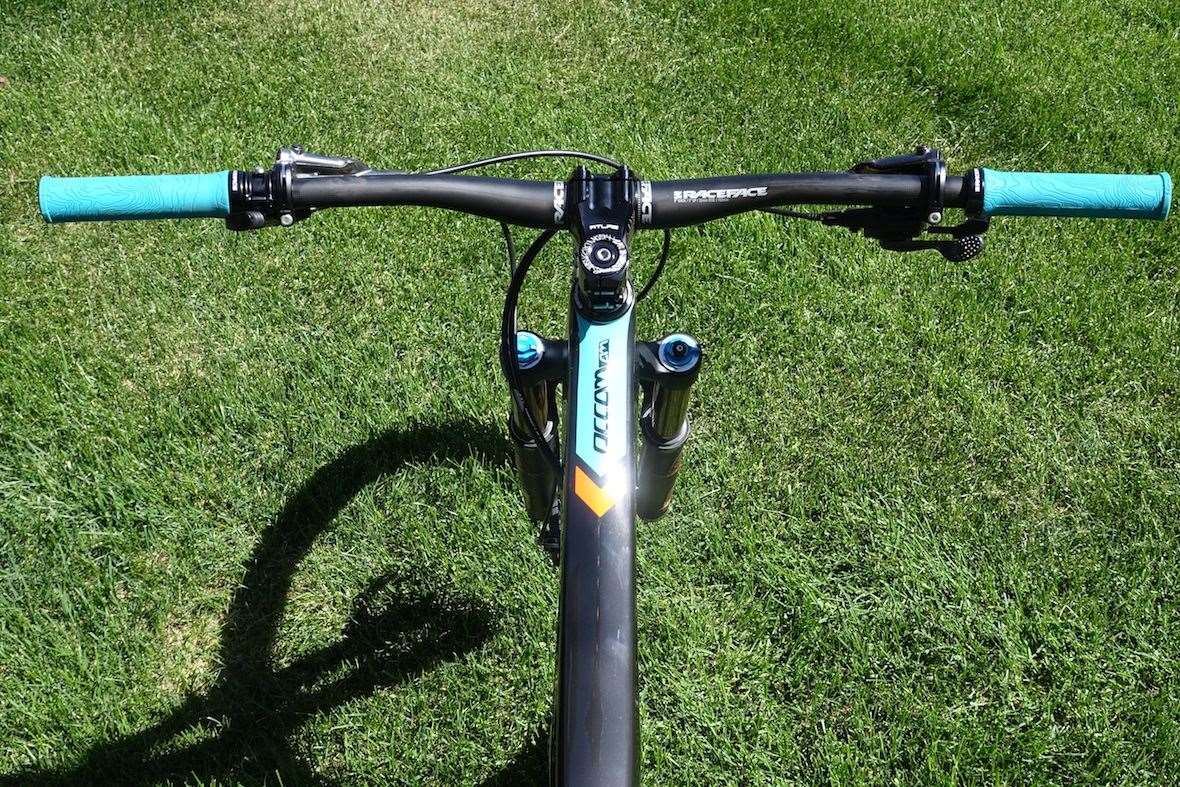 The Occam cockpit is thoroughly modern, which sets Orbea appart from its European rivals. A stubby RaceFace stem is paired up to enormous low-rise handlebars for lots of high-speed stability around that beefy Fox 34 fork.
The Occam cockpit is thoroughly modern, which sets Orbea appart from its European rivals. A stubby RaceFace stem is paired up to enormous low-rise handlebars for lots of high-speed stability around that beefy Fox 34 fork.


From what we’ve initially seen of the new 2016 Occam AM, it looks like Orbea have been able to bring a whole host of improvements that are likely to create a very slick trail machine. We’ll be keen to get some saddle time on the new Occam in both its 27.5″ and 29″ variants, as we’re keen to put the UFO suspension design to the test and to see whether Orbea’s progressive geometry figures work as well on the trail as they claim they do on paper.

